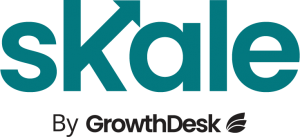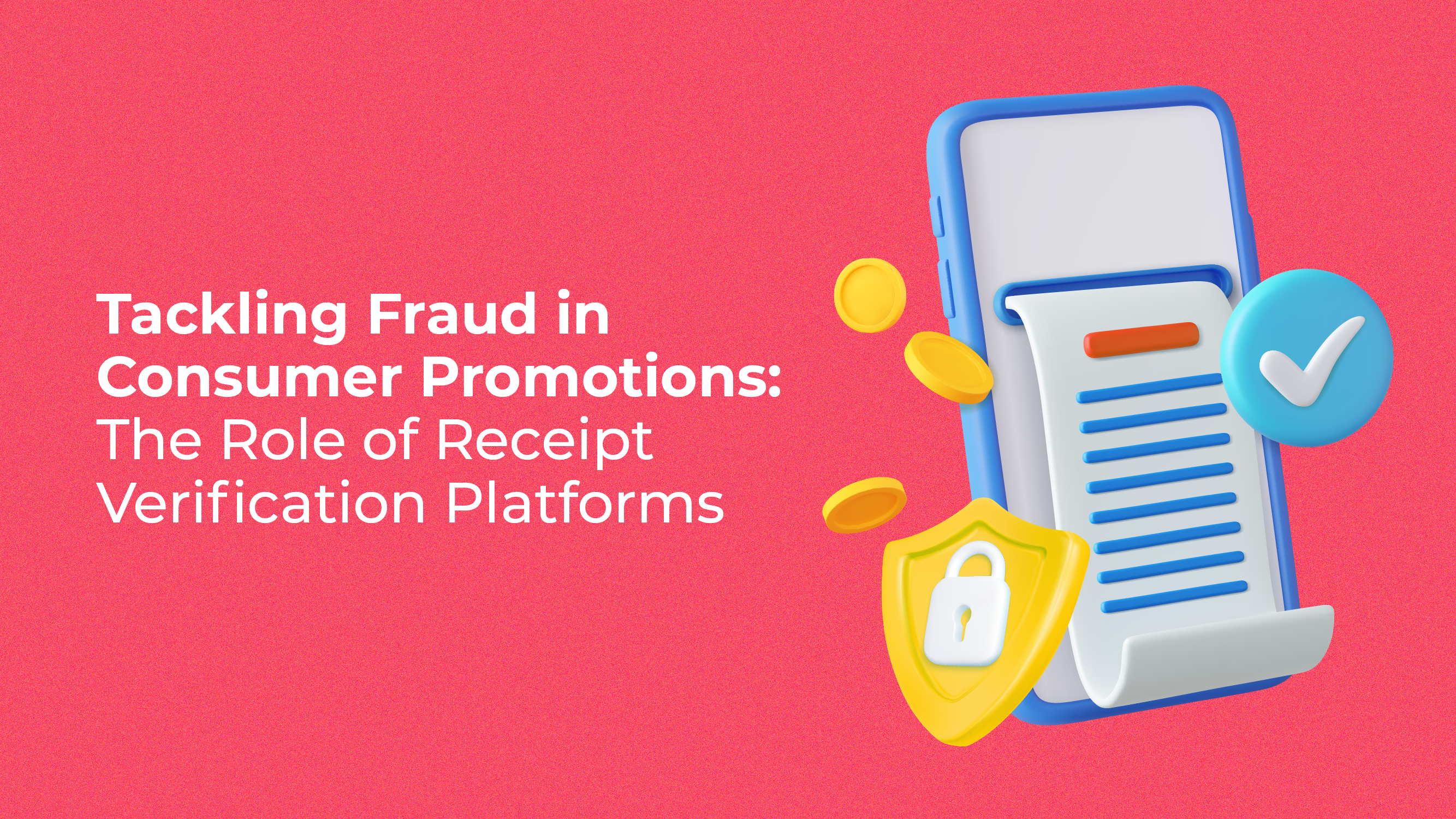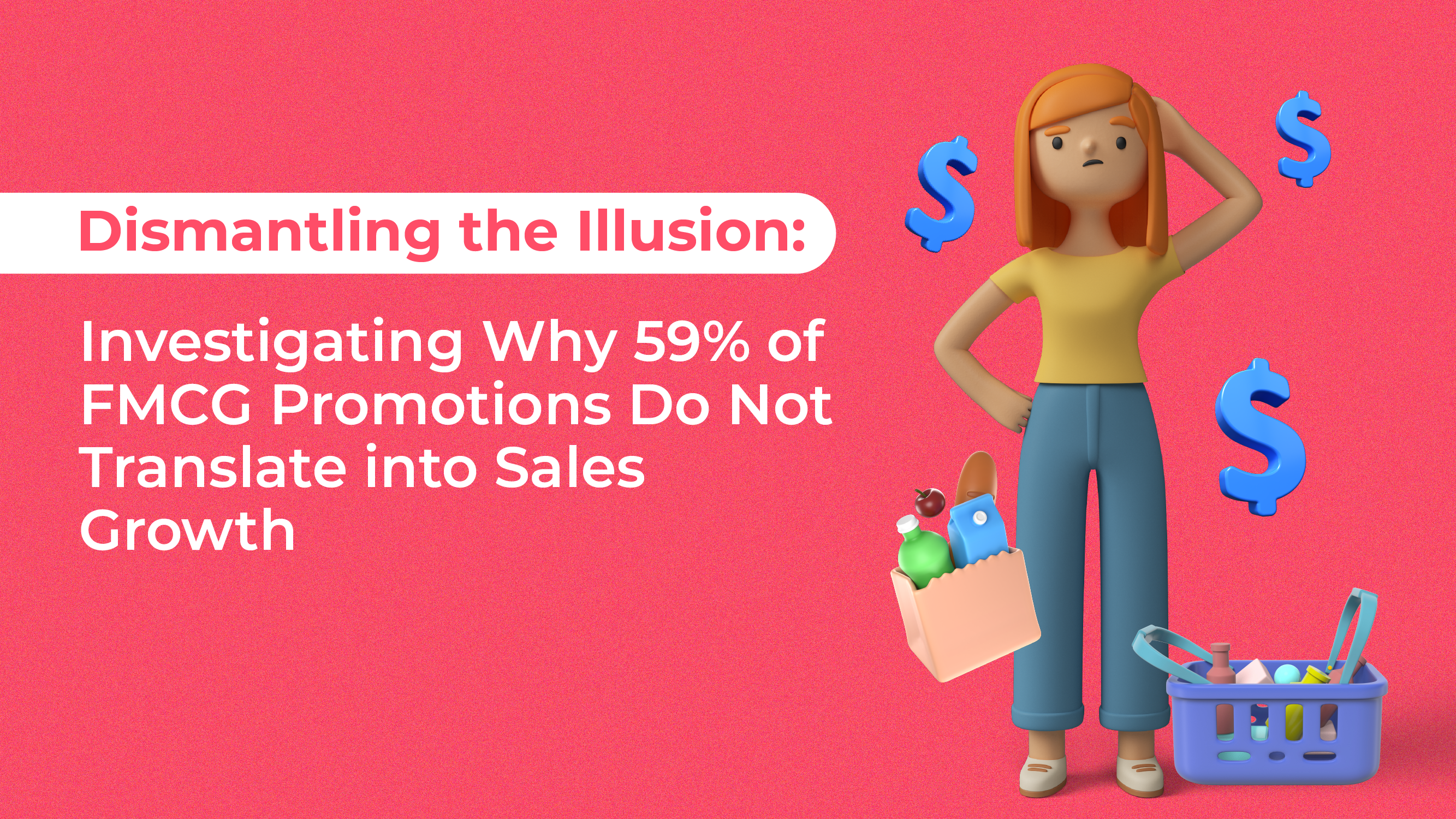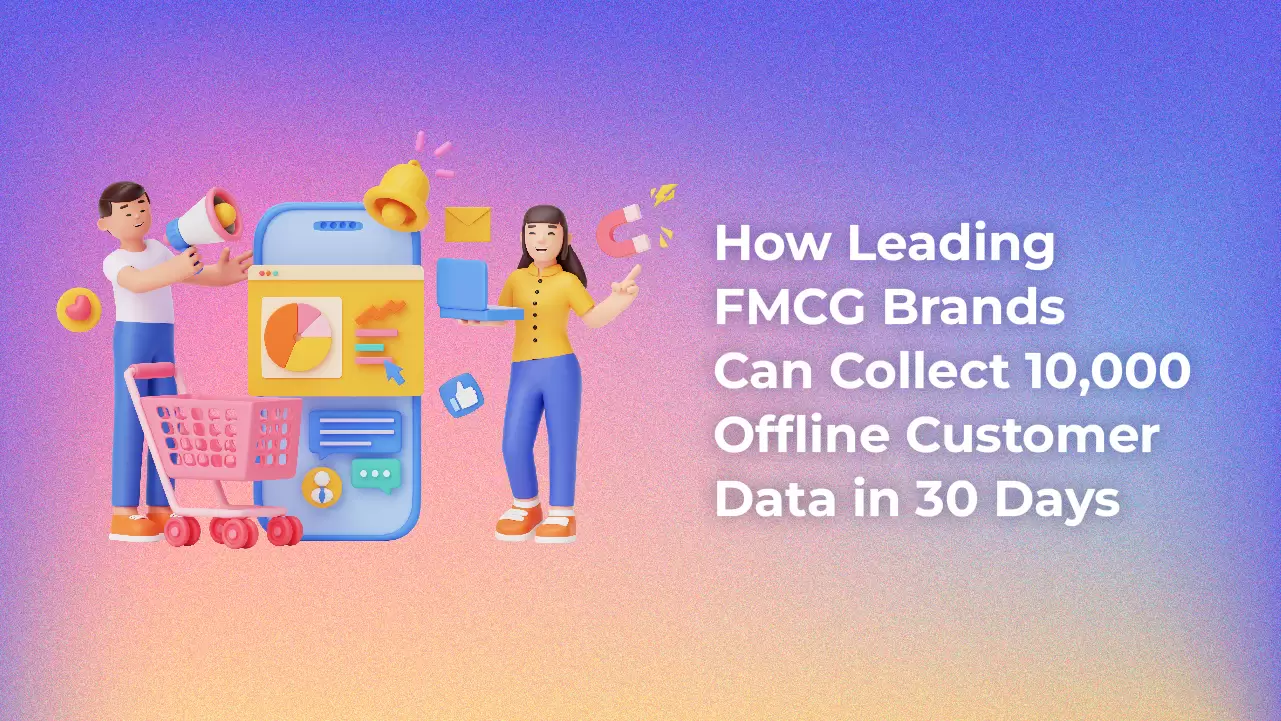The landscape of the retail industry has changed vastly ever since online shopping became more accessible. However, most companies that possess a product line and capital still choose to diversify their sales with brick and mortar (B&M) stores.
Opening a physical store is not cheap, and there are many questions that should be asked before deciding if the investment is worthwhile. Here are some key insights reflect on:
1. People, products and problems.
Online shopping sees its’ fair share of problems, especially in fashion and retail. Shoppers are unable to try out clothes before purchasing them, and sometimes end up with a disastrous product on their end. Are you able to ensure that the descriptive is enough to guarantee customer satisfaction?
Where clothes are concerned, most people opt for storefronts where they can try them out for themselves. The primary observation to make is to identify the current problem that is holding your sales back, and then consider whether a B&M store can help alleviate any or all of these issues.
2. Who? What? Where? [restrict]
Turning over a profit can be a risky and lengthy process for people who are just starting out on the B&M front. Unless finances are secondary to your endeavours, it might be best to test your sales performance. This means familiarizing yourself with where and who your market is. If you have yet to identify these key factors, consider low-risk alternatives as a test-run.
Flea markets, outdoor festivals, street bazaars, etc., will allow you to assess B&M retail on a smaller scale, with lower risks. While not fool-proof, try envisioning how opening a B&M store helps you connect your product to your customers. If there exists any doubt on how this will be done, it is best to work through these issues before moving on.
3. Getting down to business
Consider the amount of planning that you have invested into your brand. From the information at hand, are you able to deduce the ongoing costs of running a B&M store? The most common costs are employee salaries and benefits, insurance, utilities and rent.
Above those are the initial down payment, inventory, and tenant improvements that will need to be covered. Moving up to B&M retail requires solid business planning. Aside from budgeting, create a marketing, advertising and public relations plan to help connect your store to your audience.
4. The Best of Both Worlds
It is easy to mistake the differences of online shopping and physical retail as two separate entities, but it shouldn’t be that way. Instead, realise how they complement each other. If your focus has always been on the net, use it to your advantage. Capitalise on your online network to promote and gain support for your new store. Run cross-platform promotions between physical and online distributions channels to connect with customers.
If you haven’t already, set up social media accounts for your brand. This will help maximize your reach-potential in the long-run. Be wary of neglecting these accounts though, as an inactive account reflects badly on your business image.
Above and beyond, moving into B&M retail has a steep learning-curve that can be overcome with careful planning and budgeting. Progress is achieved when a business owner can confidently determine how a shift from online to physical distribution will affect their ability to drive sales, positively or negatively.
Actionable Takeaway:
Know where you’re coming from, where you are, and where you want to go. Planning helps minimize the risk-factors involved when shifting from online to B&M retail.
[/restrict]





